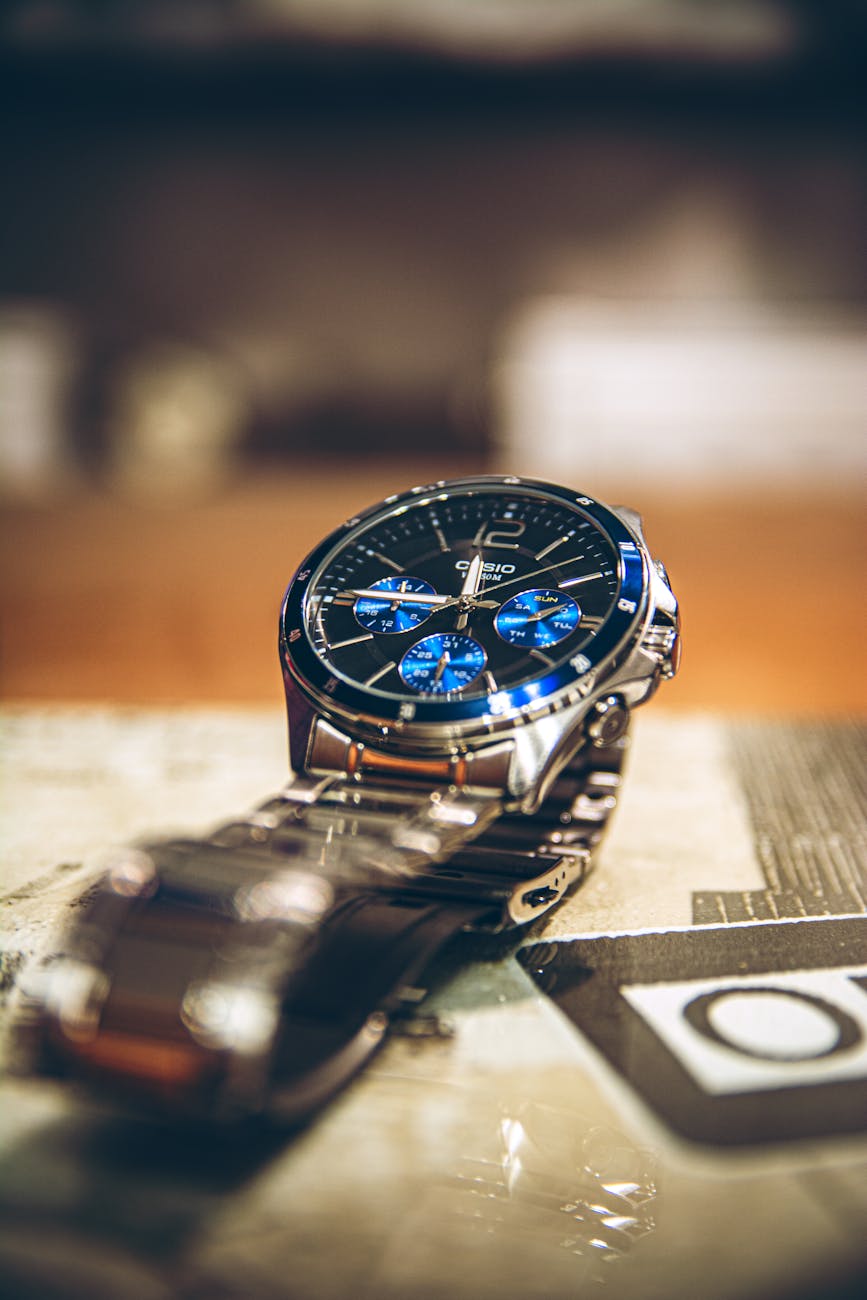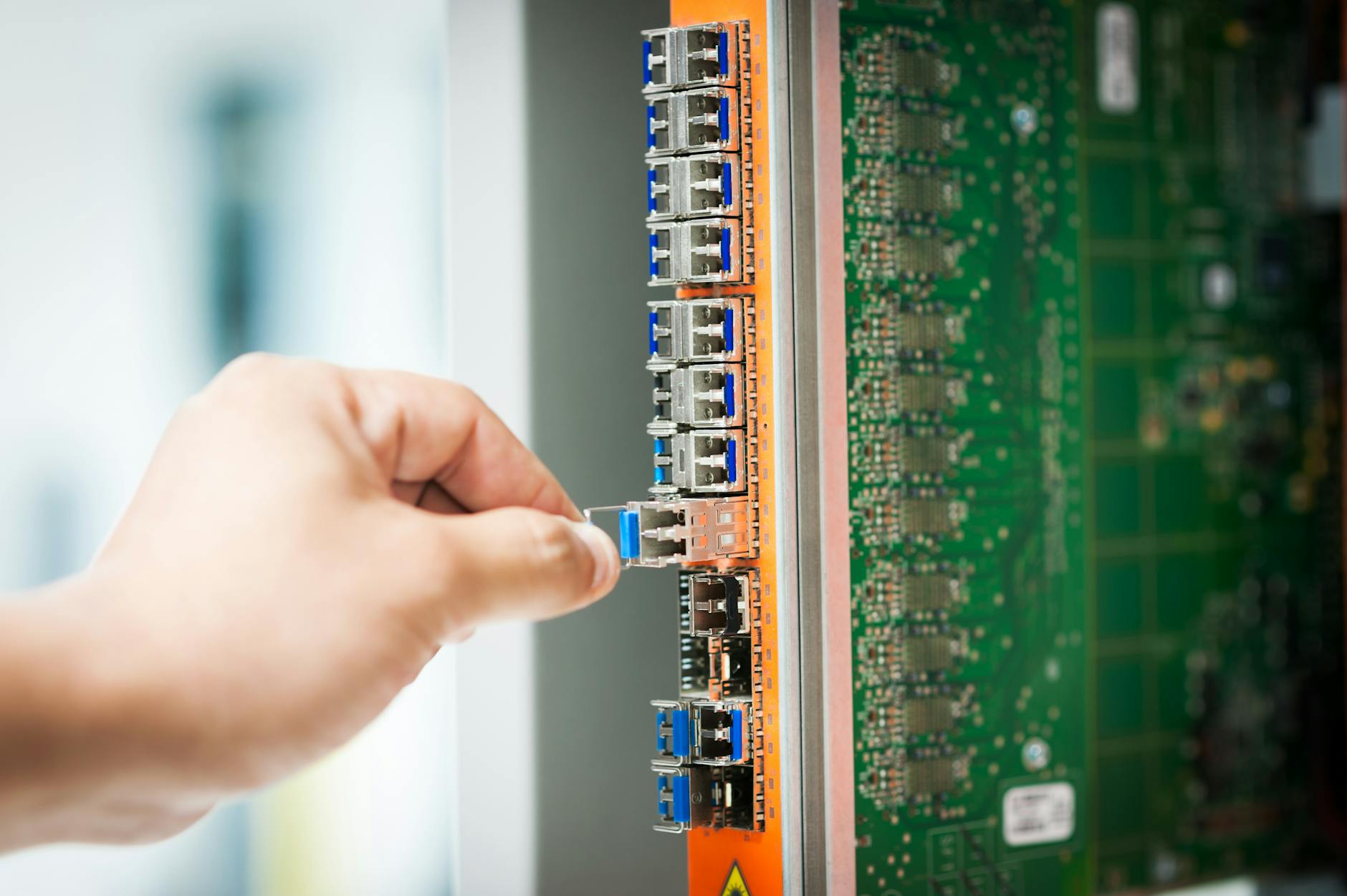Well, as you can tell, I’ve been thinking about audio quite a bit. With the new Podcast studio coming online, I discovered the Focusrite Scarlett 2i2 is a great XLR to USB ADC, but the headphone amplifier is not that great. I’ll do a separate post on this topic, but it reminded me that I haven’t used wired headphones for a long time.
Then I saw Taylor Swift’s Eras Tour (amazing video btw if you didn’t pop for the tickets) and there are In-ear Monitors (IEMs) everywhere. I for many years used Etymotic ER-4Ps and lost them all, but going through my old gear. Yes, Michael, John, Paul, and Deon, I never throw anything away I found squirreled away a 10-year headphone set, so I thought I’d dust them off and use them for my Digital Photography Developing station (that’s yet another post).
BrainWavzB2: Wow remarkably good
What I found was a BrainWavz B2 and VSonic VC-1000 review from October 2013. The BrainWavz B2 were brand new at the time and was a rebrand of the Fisher Audio DBA-02. They have the same barrels as the Etymotic ER-4Ps, so I just put those great noise isolating on. For $160 list, but I think I got them for $125 from BrainWavz and man they do sound good even plugged into the MacBook Pro 2021 3.5mm headphone port. They are flimsy looking, but man I agree with the 9.2/10 sound rating. Quite a value compared with the $250 Etymotics back then. And of course, now, I’m just thirsting to spend $1.5K on those custom UE Pros that Taylor uses, but these are quite incredible with good bass because of the seal of the Etymotic tips. For IEMs, the seal is very important.
VSonic VC-1000: Decent especially when equalized
This was a $127 marvel that I got 10 years ago. I had to get special foam inserts but otherwise, they are stock.It uses the TWFK dual balanced amateur. It even has a profile in SoundSource, so I could try it with a completely flat response. The specs are pretty good, Impdence 50Ω at 1KHz, 105db Sensitivity at 500Hz, and maximum total power of 50mW. Without any equalization, they sound very mid-range boosted, and with equalization, the bass really comes in more but not as much as the BrainWavz. I got these because of the rating of sound and I would agree at 9.2/10 it is pretty good. I would agree though that the ER4S at $299 remains for me the standard by which I judged IEMs of that era.
It runs quite a bit softer than the BrainWavz so needs more amplification (see below) on the sensitivity issue, so not my favorite
Forte Life: A Muddy Mess
Finally, I got a set of Forte Life Hi-Res Earphones on Kickstarter and I must say, what a muddy mess of sound. I can’t even remember exactly what attracted me to them given they were $60 for two in 2014. There is some mumbling about the “Harmonic Interference Free” design which isn’t explained. They don’t sound better than an AirPod, to be frank, so some money was wasted 🙂 I lost one and the one that remains is just very OK, a huge bass boost which I guess some people will like.
Understanding Headphone amps
Finally, I had an old DAC and Headphone amp somewhere, so while I’m thirsting for a $400 Schitt Audio or $600 iFi system, I thought I’d dust these off. The Cozoy Astrapi is only a 44KHz unit, but really I don’t think I can hear the 384KHz systems very well and the amplifier is the key thing. I have an even older huge system, called the HeadRoom BitHead for my iPods that must be 15 years old and I need to refurbish my iPod Color so I can get the complete retro experience. The kids will love it. I even have all my CDs burned as FLAC lossless, so that will be fun to try.
Reviewing the 20-year-old HeadRoom BitHead: just a little noise
Back then having 16-bit/48KHz with a 93 dB dynamic range and its amplifier was pretty great even if it was a monster that needed a set of 4 x AAA batteries. The BitHead amp is pretty amazing for 2004 technology that cost a whopping $199 back then. It had a mini-USB input or an analog one. There are absolutely no instructions for it, so in case you have one the slider on the right turns it on. And the green light will light. The red light on the left side flashes red if you are clipping and also if it is red it tells you if you are running out of battery. The slider on the right is set so that if you turn it one way it just runs on the 5W USB power (which isn’t enough for high-power cans and you will see the green light dim) and if you flip it left then it uses the battery power. Most of the time, you should probably run it with batteries because it isolates the whole thing from the power in the PC. Note that, unlike the Cozoy, if you just plug your headphones into the BitHead, you will hear a noise floor, so 20-year technology isn’t perfect 🙂
It is a 16-bit system by the way, but again I’m not sure if anyone can really tell the difference between (64K levels) and 24-bit. At least it’s hard for me.
Note that the bottom supports two 3.5mm headphone outputs so that’s kind of nice. The one on the top is the input. You should have headphones that are the same as you want the impedance to be the same
I had no idea what the slider on the left but it is called the “crossfeed switch”, but the apparent benefit is that instead of the left ear only hearing left, it feeds a little right as well since that is what you would hear normally. It introduces “cross-talk” into the signal. Now this works great for traditional 2-channel, but these days with things like spatial audio, all that is taken into account, so you might leave it off for that kind of music. The problem is that I can’t hear the difference, but I’m going to guess that since left on the other switch means on, that is the same sense, so switch left turns on the crossfeed.
And in listening to a non-Atmos soundtrack, it was TRUE. So switch to the left for non-Atmos and you are good. As an aside, make sure to go to Apple Music > Settings > Audio Quality to Lossless Go for ALAC 24-bit/48 kHz. You need an external DAC for more than that of course that supports this (neither the Cozoy nor BitHead do).
Also for these headphone amplifiers you have to turn on Atmos Always as it doesn’t know if it can support it. In that case, you should turn “crossfeed” “off on the BitHead.
You can see what is going on when you play Apple Music by clicking on the icon at the upper right of the play window. If you just see Audio Quality then Spatial Audio isn’t on, so flip the settings and you see the Dolby icon.
Cozoy Astrapi DAC/Amp: 10 years old and going strong
The Cozoy Astrapi is tiny from 2015 and works at 16/44KHz while the great thing is the power output is 70mA and very linear and uses USB 5W power. This tiny thing won’t work for higher than 32 ohms or have the power for full-size headphones, but it is perfect for small IEMs that don’t need much power.
That being said neither the Cozoy nor the BitHead have more power than the modern MacBook Pro and iPhone. These produce more than enough power to drive your high-efficiency headphones, so it’s cool they are still working, but not necessarily useful with modern built-in headphone amplifiers. And to my ears it is hard to hear any difference.
Figuring how much amplifier you need: Depends on the Headphones
To remind you what this means, an amplifier is typically rated in watts, and by Watt’s law, 1 Watt = 1 Volt * 1 Amp, and then by Ohm’s law, you can find the voltage as 1V = 1A * 1 Ohm or Ω so in essence given voltage and impedance you can calculate the wattage and it goes as the square of amperage. So for high-impedance headphones (that is there are a lot of big drivers), you need a lot more power. A typical IEM has an Etymotic ER4S of 45 ohms Ω, and a VSonic GR07 is 50 Ω. Now the not good thing is that if you have low impedance, the current needed can be so low that you hit the noise floor. A bigger headphone like the Sennheiser HD-650 at 150 Ω so makes a difference, you need a better amplifier to support it. As an important detail impedance varies by frequency.
The final missing piece is sensitivity, that is for a given power, how loud is a headphone. As an example, at the typical 1KHz, you measure with 1mW of power how much output you get. That’s typically 90-105dB and with classical music you need a 20dB range which translates into 100x power. So a 1mW nominal means you might need 100mW for the loudest sounds. So to put numbers on things, a Sennheiser HD650 is 300 ohms and needs to produce 103dB at 1KHz with 1mW of power. And these can have spikes, for instance, the Sennheiser has a spike at 100Hz and needs 3-6V to meet it. In that case, you are going to have enough with a Cozoy for instance that peaks at 0.07V!
The final point is you have to match the amplifier output impedance and it typically should be 2.5x less and ideally <8x lower than headphones. This provides a damping factor (which I sort of don’t understand). So for instance an iPad Air is 1.6 ohm output while a Schiit Magni is <0.3, so the iPad Air will work better with higher impedance. As an aside, you can see the ideal amplifier has zero impedance and infinite output, so the Magni is a good choice here as long as it can pump out the power.
By contrast, a Feliks Elise is 40-50 ohms and should be used for high-impedance headphones. Confused yet? But in general, if you have in-ear monitors, they are usually very sensitive>100dB at 1KHz with 1mW so they will work with something like the Cozoy as that’s very loud (a jet plane is 130dB!), but going to 120dB still only need 100mW, so you should be good.
P = V * I \\ V = I * R \\ P = I^2 * R
Basically, the dividing line these days is 50 Ω is low impedance and high is bigger than 50 Ω and in most cases, you need more power, so you need to move to a headphone amplifier for the best quality.
Net, net, for the headphones I have here, are the specs I could find and you can use the Headponesty calculator to figure out what you need hopefully, they have it there for you, but basically, you take the impedance and then see what it would take to drive the headphone to 120dB which is as loud as you are ever going to get. Note that for the Brainwavz Vsonic, you can’t even hit 120dB with the 60mW input recommended, but the difference is about 20%, so you’ll still get to an earsplitting 118 dB. The same is true with the VC1000, but it has higher impedance and lower sensitivity so you can only get to 40% of the maximum required. Net, net, the Brainwavz B2 I kind of like and will keep. You can use the IFI calculator or the DYI one at Headphonesty.com:
| Impedance@1KHz Ω | Sensitivity 1KHz | Maximum Input Power | 120dB Required P, V, I (RMS) | |
| Sennheiser HD650 | 333 | 104dB/mW | 500mW | 120mW, 6.31V, 18.95mA |
| Shure SRH440 | 41 | 116dB/mW | 500mW | 61mW, 1.58V, 38.66mA |
| Brainwavz B2 | 40 | 110db/mW | 60mW | 250mW, 3.16, 79mA |
| Vsonic VC1000 | 50 | 105db/mW | 50mW | 632, 5.6V, 112mA |
So then they have conveniently the maximum voltage from different devices, so just look for the right Voltage out and you pretty quickly see that for the fancy headphones, you need an amp. Note that Max Voltage assumes a certain distortion. As an aside, I was surprised to see how efficient the Shure is and you can see that even for IEMs like the Brainwavz to get the really loud range, you really should have a headphone amp that’s more modern like the Schitt Magni with 8.8V or the portable Chord Mojo with 5V output, so look for the higher performance systems and the Schitt Audio system if $99 for the DAC and $99 for the Magni 3 which is pretty decent.
| Device (Voltage required) | Output Impedance Ω | Voltage (V RMS) @ %THD | Sennheiser HD650 (6.3V) | Shure SRH440 (1.6V) | Brainwavz B2 (3.2V) | VSonic VS1000 (5.6V) |
| MacBook Pro 2021 and higher | <24 | 1.5V if < 150 3V if >150 | X | X | X | X |
| MacBook Pro | <24 | 2V | X | ✓ | X | X |
| iPhone 6 | 4.5 | 0.933 | X | X | X | X |
| Schitt Magni 3 ($99 + $99 DAC) | 0.3 | 8.832V | ✓ | ✓ | ✓ | ✓ |
| iFi Zen DAC v2 ($199) | 12 | 6.6V | ✓ | ✓ | ✓ | ✓ |
| FiiO A5 | ? | 5.06V | X | ✓ | ✓ | X |
| Audioquest DragonFly Red | ? | 2.1 | X | ✓ | X | X |
| Chord Mojo 2 | ? | 5.2V | X | ✓ | ✓ | X |
| Cozoy Astrapi | ? | 0.7V | X | X | X | X |
| HeadRoom BitHead | 0.3 | 1V @ <0.01 | X | X | X | X |
How do IEMs sound with Razer or CalDigit Thunderbolt Dock
I also tried it with the Razor Thunderbolt Dock which has a Realtek USB 2.0 Audio output and frankly, it sounded pretty amazing. Even though the MacBook Pro 2017 audio output was a little lower but still sounded very good.
I can’t find any documentation for this or the CalDigit Thunderbolt 4 native output. The CalDigit Thunderbolt is a phenomenal 24-bit/96KHz DAC, but I’m not sure about the power output, so assume it is in the MacBook Pro range. Net, net, getting a modern DAC makes sense.
The main problem is what to deal with high impedance systems, according to Apple, for phones with less than 150 ohms, it will deliver up to 1.25V RMS. For high-impedance headphones at 150 to 1K ohms, it boosts the power output to 3V RMS, so you don’t need an external headphone amplifier. And it works at 96KHz by the way, so pretty incredible although I could only get 48KHz to work from Apple Music (not that I would notice).
I’m not used to anything but wireless these days, but darn if you sitting down and don’t mind the wires, even this 10-year in-ear monitor sounds pretty incredible






